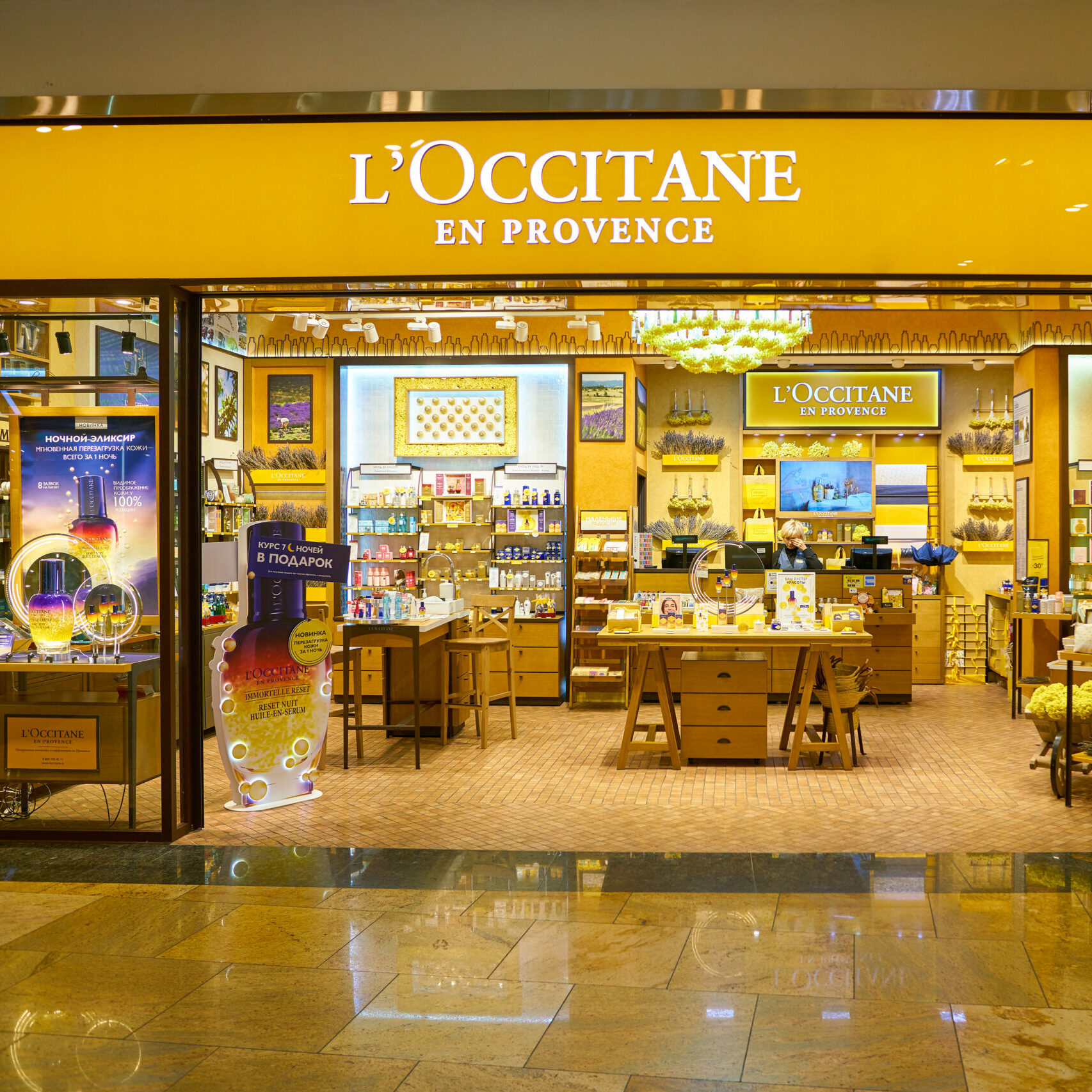Investment bank and boutique advisory firms are moving into the GP-led segment to drive deals forward. Three leading figures explain how the market is changing as a result…
Investment bank and boutique advisory firms are moving into the GP-led segment to drive deals forward. Three leading figures explain how the market is changing as a result…
Private equity GPs are not the only ones watching the secondary market more closely since the pandemic. A slew of new M&A advisory units has been launched or established and they have been busy hiring some of the most experienced names in the business. Last year a team of 15 moved from Greenhill to Jeffries, Rothschild has made hires from PJT Park Hill in London and other big names including Goldman Sachs and Guggenheim Securities have poached talent from Lazard and elsewhere.
Secondary transactions are certainly more GP-led than they used to be, but many of these GPs are being increasingly drawn into the market by their advisers, who can gauge valuations and sell-side interest against a more traditional M&A process.
“The substantial increase in the number of secondary advisory practices and their headcount is serving to build a much larger institutional flywheel that will drive increased GP-led transaction activity in the years to come,” says Jeff Hammer at Manulife.
Around $115 billion worth of deals were intermediated in 2021 – an increase of 181.5% on 2020, according to Setter Capital. Evercore currently dominates the space with more than half market share but others, including the names mentioned above, are positioning themselves to capture a growing chunk of the dealflow that is still to come from GPs feeling their way around the market.
Private Equity Wire spoke to three of the most well-known advisory names for their perspective on the next phase of growth in the GP-led market.
NIGEL DAWN, GLOBAL HEAD OF PRIVATE CAPITAL ADVISORY, EVERCORE
GP-led secondaries are by their nature conflict transactions for the GP, where the GP is on both sides of the transaction.
More than ever, you need an intermediary to make sure the transaction is fair for all parties (GP and LP) and that price and terms discovery are carried out efficiently. Having more intermediaries in the secondary market is a good thing, because it fosters innovation and choice, and is also a validation of the market.
If the intermediary has a strong M&A franchise, where the sector bankers are talking to the deal partners within private equity firms on a daily basis, then it provides for better knowledge of the assets and so better execution. And if the intermediary is selling or buying companies for the sponsor, trust has already been established between the GP and the adviser. Intermediaries who do not have an M&A business are materially disadvantaged in this market.
We had 55% of the market volume for GP-driven transactions in 2021, and probably about 60% of the capital we raised came from non-lead investors (smaller secondary funds and institutional investors). That’s quite a big change actually, and it’s a sign of the capital available for the more traditional secondary investors. This capital also turns the classic, secondary, single asset transaction into more of a fundraising process, because the lead investors tend to set the price and the terms, and then those elements are used to syndicate the transactions.
Continuation is more likely to be the preferred exit route for a GP who is committed to retaining a company for the longer term and needs to raise additional growth capital.
MATTHEW WESLEY, GLOBAL HEAD OF GP-LED ADVISORY, JEFFERIES
We approach this market very much from an M&A mindset. As we’re integrated within the broader Jefferies investment bank, anytime we’re doing a single asset secondary transaction, we’re working with our industry experts to position the business to tell the equity story and show our buyer universe the comparables that they should be looking at to guide them. I think that really helps us push value.
Our bankers are pitching strategic alternatives to a sponsor so oftentimes we are being asked to weigh in ourselves as to whether a secondary market exit would make sense for that particular asset or not. There are times where we are more proactive alongside our fellow bankers, but I don’t think the market has gotten to the place where we are singling out assets or companies for a pure secondary opportunity and approaching GPs.
[Knowing] the entire network of buyers helps you understand and stay current in the market, you understand how to navigate issues within a sponsor, you understand how to navigate issues between a sponsor and a management company as it relates to the specific transactions. And, on top of all that, you understand LPs’ perceptions of these transactions: how certain elements of the transaction would be viewed positively or negatively.
Plenty of banks want to get into this business from the advisory side, but there’s very few that can claim a set of credentials and a track record of getting these larger deals done. There’s very few who have been doing this for a long time.
I think our integration within the investment bank has really changed the secondary advisory business. You can try to repurpose a sponsor banker, or an M&A banker, but they’re not going to be able to sit there and talk about the nuanced issues that they’ve run into over the last 10 years working on these transactions and how they’ve navigated them.
BERNHARD ENGELIEN, HEAD OF EUROPEAN SECONDARY CAPITAL ADVISORY,GREENHILL & CO
If you look back 10 years ago, the majority of GPs were sceptical of GP-led transactions. The view was that these transactions were primarily for distressed GPs or zombie funds. Advisers had to do a lot of education work to convince high quality GPs of the merits of such transactions provided the motivations are the right ones – for example more time and potentially follow-on capital to maximise value, opportunity to continue to manage the crown jewels in the portfolio and take them to the next level.
The adviser has an important role to play in helping the GP understand whether a transaction makes sense for all stakeholders and is feasible.
In the current market, private capital advisory teams increasingly work closely with their M&A sector and sponsor coverage teams to deliver holistic solutions to GPs. We also observe increased specialisation between teams working on GP-led and LP-led transactions. At Greenhill, we have adopted a more holistic model whereby some senior team members focus more on GP-leds but continue to have exposure to the LP market in order to provide the best advice to their clients. Our mid-level and junior professionals work on all type of transactions in order to develop broad based transaction experience.
Where do we see the growth in GP- leds? At the moment, the vast majority of GP-led transactions occur in the large and mid-cap buyout space. There is ample room for growth in the venture, private credit and real asset space. I would not be surprised to see more specialised advisers enter the fray in the future.
The mid and small cap market is also currently underserved from an advisory point of view. We actively leverage existing dialogues of our primary placement colleagues and the relationships we have built through regular LP fund transfers to develop this segment of the market.
Read the rest of the Private Equity Wire Insight Report: Holding On: How volatility will drive GP-led secondaries in 2022






